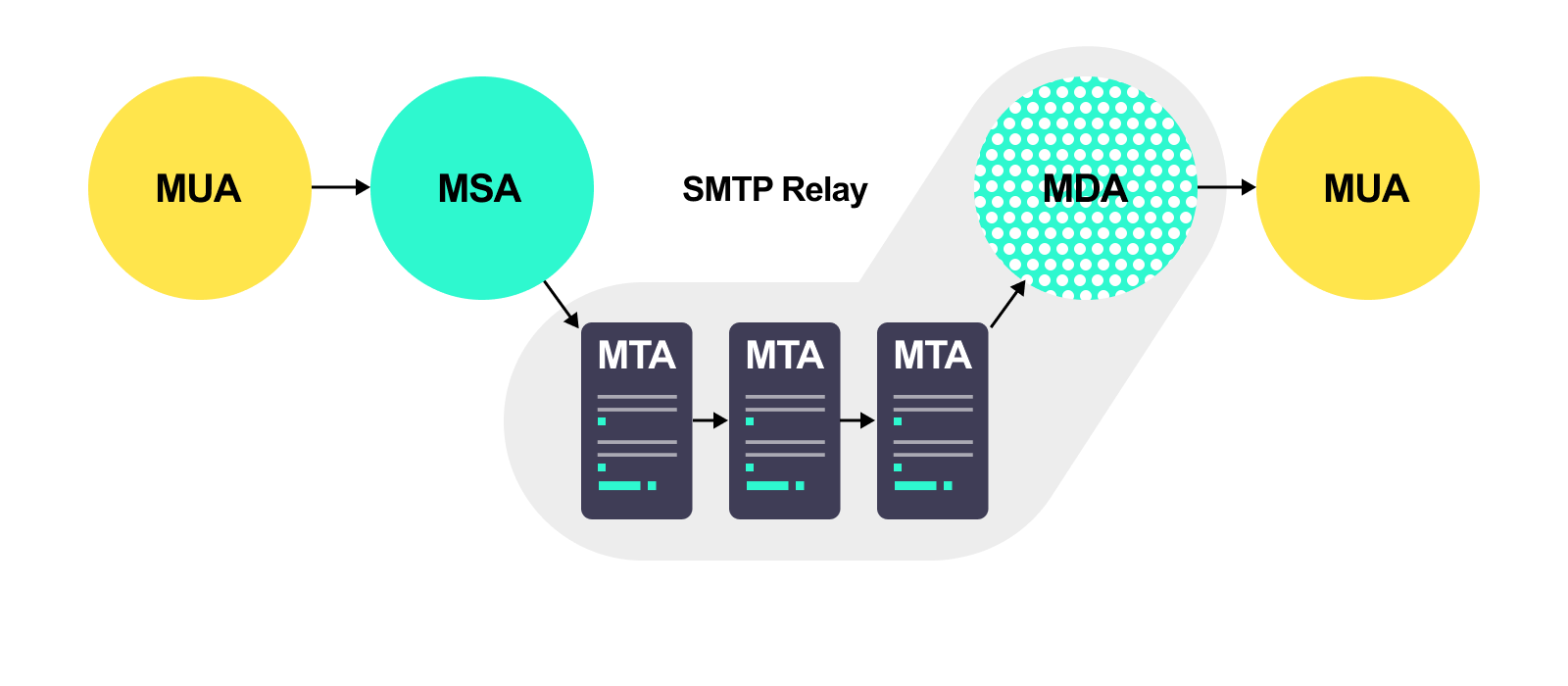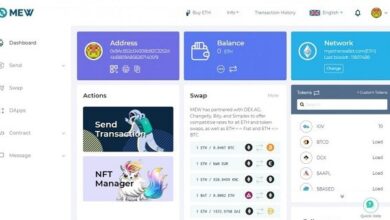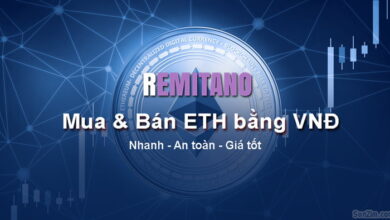What is an MTA?
A mail server can have many names: mail relay, mail router, and Internet mailer. But the most common alias is an MTA. This may refer to a mail transfer agent, a message transfer agent, or a mail transport agent. No matter which name you use, MTAs play an essential role in the Internet message handling system. They transfer electronic mail messages between users. In this article, we’ll explore how MTAs work, what effect they have on email deliverability, and many other related questions.
How MTAs work

An MTA is just an element of the email delivery process. It receives an email from the mail/message submission agent (MSA), which, in turn, receives it from the mail user agent (MUA). The MUA is commonly known as an email client – an app you use to handle email-related stuff.
Once the MTA gets the email, relaying comes into play. That’s why mail transfer agents are often called mail relays. Check out our blog post about SMTP relay if you’re interested in details. The email can be forwarded to other MTAs if the recipient is not hosted locally. Then it hits the mail delivery agent (MDA). This is the email’s last stopover before it is delivered to the recipient’s mailbox. The email sending is carried out using SMTP (or extended SMTP), and for the final stage (MDA to MUA), POP3 or IMAP4 is used. For more on the differences between these email protocols, read SMTP vs. IMAP vs. POP3.
To sum up, MTAs do the following:
- accept emails sent from mail user agents
- query the MX records and select a mail server to transfer emails
- send auto-response messages if an email has failed to reach the destination
Mail queueing in MTAs
Usually, MTAs use a store-and-forward model of mail handling. This means that outgoing mail is put into a queue and waits for the recipient’s server response. An MTA will recurrently try to send emails. If the mail fails to be delivered during the established term, it will be returned to the mail client. For more about email queuing, read our blog post.
Does MTA impact email deliverability?
There are three major factors that email deliverability is based on:
- sender’s reputation
- infrastructure & authentication
- content
The reputation of the domain and IP address the email is sent from is the most important thing. When receiving mail servers identify the sender as untrustworthy, all emails from it will end up in the spam folder or even bounce back. MTAs can protect and strengthen the reputation of the sender. That’s why they directly impact email deliverability. Let’s check out what exactly mail transfer agents can do to build your sending credibility.
Warm up a brand-new IP address
If you’re building your reputation from scratch, you should not use your virgin IP address at full load. It has no email sending history and thus needs some warming up. An MTA will let you do this and later slowly increase sending capacity. Using cold IP addresses could also be an option. You can route emails to cold IPs with very low limits, and the MTA is needed to match those limits.
Configure mail sending flows
Each receiving domain sets its limits on incoming mail. If they are exceeded, the sending mail server may be identified as untrustworthy. To avoid this, you can configure your MTA to dynamically limit sending. So, in the case of rejection from the receiving domain, the mail transfer agent will pause the email queue. The sending will keep going at slower rates after a back-off period. This will help you protect the reputation of your domain and IP.
Breaking through the grey list
Getting on a blacklist is a common issue with the sender’s reputation. Greylisting is a sort of preventive measure used by some email providers. It is a filter that a legitimate sender can get through much easier than the blacklist. For this, an MTA arranges multiple queues and makes multiple attempts to deliver an email when it has been bounced.
Besides the aforementioned features, MTAs allow you to do much more. You can use them to set up email throttling and routing rules, monitor the flow of outgoing mail, and much more.
Most used mail transfer agents
Things to consider for choosing an MTA solution
In the table above, we introduced the most common MTAs, but there are many more. Some of them are open-source, and others require payment. When choosing an MTA solution for your project, you should decide based on your goals and resources. At the same time, two aspects should be in focus:
- MTA’s performance – this is the value that defines the speed, volumes, and latency of sending emails. Dedicated MTAs usually provide full control over sending parameters. Also, they allow you to monitor performance and other analytics.
- MTA’s configurability – this entails access to specific configurations that allow you to improve the performance of the MTA. For example, setting up multiple mail queues, enabling authentication, real-time troubleshooting, and so on.
Here are also some points you should evaluate for choosing an MTA vendor:
- reputation and credibility of the vendor
- user-friendly pricing and infrastructure transparency
- security policy and data protection mechanisms
- user support for troubleshooting
- migration ability and scalability
Must-have features for the best MTA’s performance
- usability & manageability
- API/integration capabilities
- clustering
- deliverability-centered features (throttling, IP pools, routing rules, etc.)
- email authentication capability and monitoring (SPF, DKIM, DMARC)
- multiple queuing
- spam control (for outgoing mail)
On-premise MTA vs. cloud-based SMTP relay – which is better?
Can we claim that on-premise MTAs are 100% better than any cloud-based email infrastructure? No, because each particular project has its specific needs and can benefit from either a home-based or cloud-based solution. Let’s explore this in detail.
An on-premise MTA
On-premise mail transfer agents are mostly the choice of enterprises and big companies. This entails a full-fledged email infrastructure (hardware + software) that is set up according to your requirements. It is an email sending paradise, which will cost a fortune. Yeah, you will have to fork out for the exclusive control of entire email operations.
Pros:
- You can manage every aspect of email sending configurations
- Improved dependability
- Integrability with in-house tools and software
- Connectability of the email marketing infrastructure with in-house data sources
- No or almost no limitations by APIs or webhook restrictions
- Capability to send tons of emails without any delays or other speed pains
- Full control of the email sending configuration
Cons:
- On-premise MTAs are expensive. Pricing starts with $6K for installation, configuration, and IP warmup
- You need space to accommodate hardware
- Setting up is time-consuming (approx. 3 months)
- You bear full responsibility for managing infrastructure and the security of the email database.
- Not easy to scale
A cloud-based SMTP relay service
Let’s say you don’t have an extra $6K for an on-premise MTA, and your email sending needs are moderate (you don’t need to send a few million emails per month). In this case, an SMTP relay service is the best option you can have. Yes, it is a cloud-based infrastructure that you can use for sending emails. It is a usable and quick solution to start with. The main drawback is that it’s not only yours. You don’t have full control and need to share the infrastructure with others. And although some services will promise you dedicated IPs, do keep in mind that these are usually reserved for what one might call “bigger senders” with needs starting from 50K+ emails per month.
Pros:
- Easy to set up and use
- Much cheaper than on-premises MTAs
- Flexible pricing
- SMTP relay service is responsible for the security
- Easy to scale according to your needs
Cons:
- Costly in the long term perspective
- Dependency on integrations supported by the SMTP relay service
- Lack of control
The SMTP relay service offered by Mailtrap
There are lots of SMTP relay services for you to choose from, but if reliability is what you are after, then we recommend you check out Mailtrap Email API, which doubles as an SMTP relay and a transactional email API.
From the important email-sending features mentioned throughout this article, Mailtrap Email API comes with quite a few, such as more control over email deliverability through actionable analytics, a scheme for warming up IPs, dedicated IPs, a sending throughput of up to ~10,000 emails/second, and a straightforward setup/migration.
What might be the most interesting among these features for those of you in need of an SMTP relay service are the actionable analytics which enable finding and fixing early-stage sending issues and consist of deliverability alerts (daily and weekly), up to 60 days of email logs, webhooks, and dashboards with critical metrics.
If you need to dig deeper into your email performance, Mailtrap Email API facilitates that by allowing you to filter the stats it provides you with by domain, mailbox provider, and category you specify in the X-MT-Category header when creating an email. And to help you further improve your email deliverability, this sending solution also supports suppression lists.
To learn more about Mailtrap Email API, please refer to the video below or the Mailtrap knowledgebase.
To wrap up
No matter which MTA you use – an open-source Postfix or an enterprise-grade PowerMTA – you can achieve a high level of deliverability. Those who have money can afford all the benefits of the on-premises solution. Those who don’t will be restricted in some ways, but still, they have options to choose from. So, make sure your MTA meets the requirements of your project, and may all your emails end up in the inbox.






